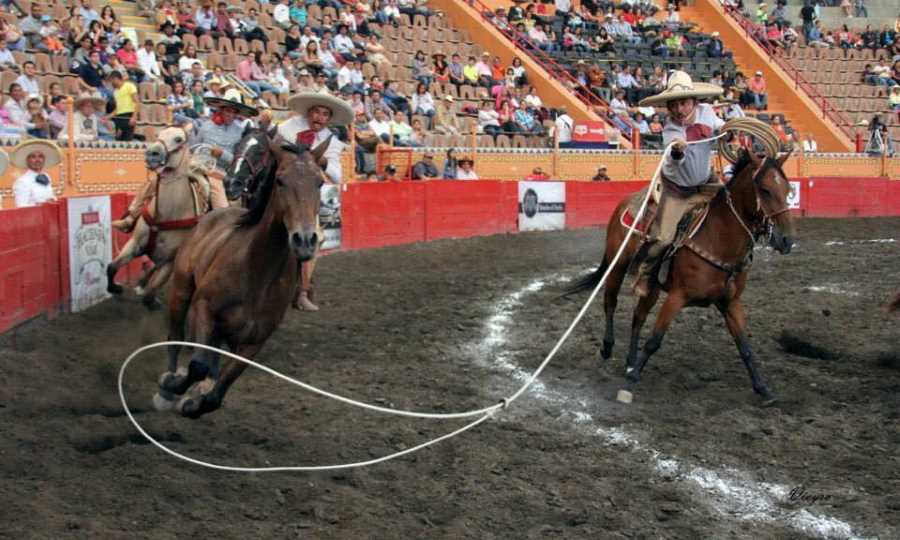How Charrería Became the Coolest National Sport in Mexico
Discover the vibrant world of charrería, Mexico's national sport rooted in the heart of Jalisco. Uncover its rich history, cultural significance, and the remarkable achievements of Charros de Jalisco. Immerse yourself in this captivating blend of traditional horsemanship.

When it comes to understanding the heart and soul of Jalisco, one cannot overlook the central role that charrería, the National Sport of Mexico, plays in the state's culture. With a rich history intertwined with the region's dominant cattle industry and the birthplace of the country's first charro team, Jalisco stands as a stronghold of this globally recognized activity.
While some historians argue that charrería originated in Hidalgo, it was in Jalisco where it truly flourished and developed. The Los Altos region, particularly in Lagos de Moreno, is regarded as the cradle of charrería. Exporting cattle to the rest of the country since the 16th century, this area's breeding and management practices naturally involved the use of horses, leading to the birth of charrería.




